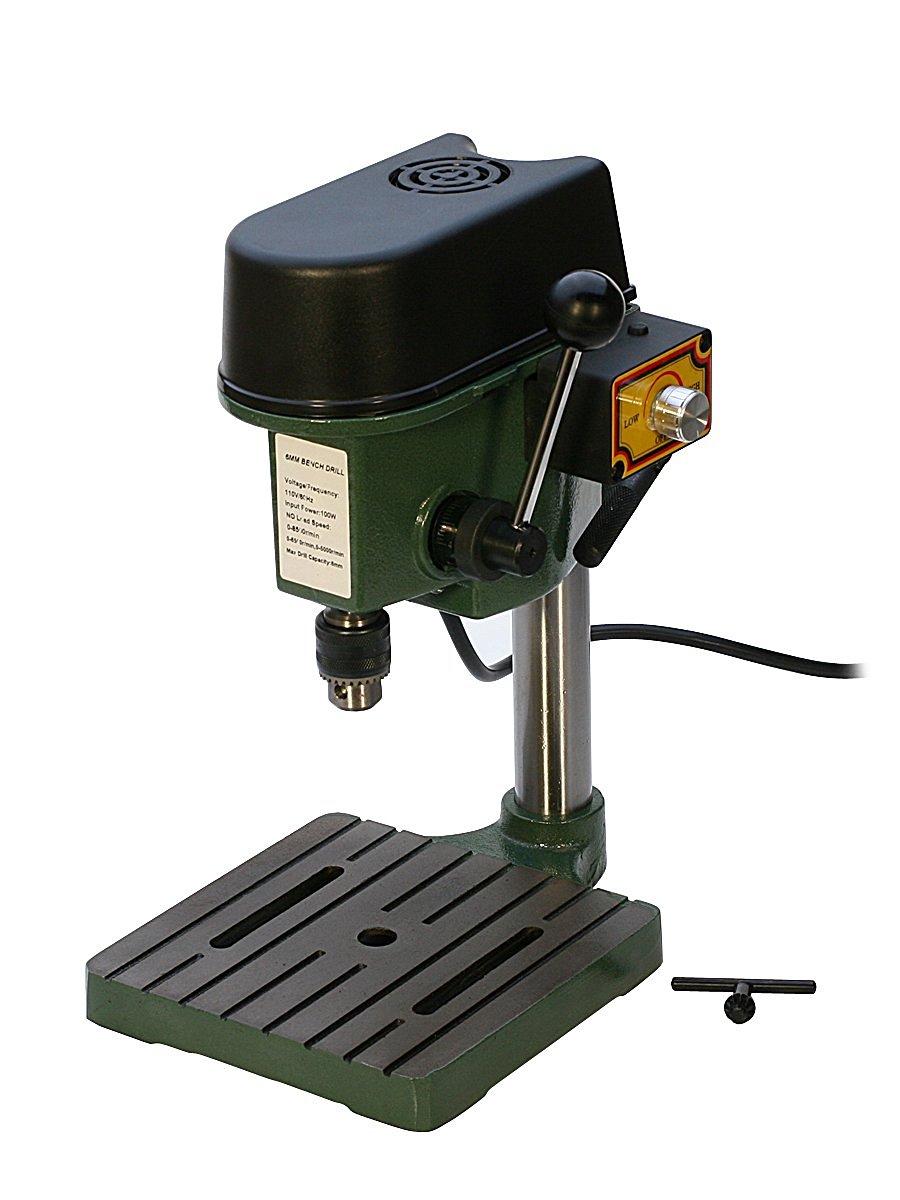The first time I heard the name Powderpost I was reminded of The Powerpuff Girls, probably because the names sound similar if you say them quickly enough. However, the two things couldn't be any more unrelated to each other, and, as it turns out, the powderpost beetles also turned out to be a rather interesting creature!
The foremost thing that one should know about these insects is that they come in a very large variety; about seventy different species of wood-boring beetles fall under the same name of powderpost. This is a huge number! The reason they are all called so is because the larvae - and even the adults - feed on the wood of deciduous trees and if left uninterrupted, can turn healthy wood into a powdery form. Of course, this process does not occur overnight, but carries from the larval stage to the emergence of the adult beetle. In some cases, it can even pass on to the next generation, but we'll get to that shortly.
These beetles normally range in shades between reddish brown and black, and also vary greatly in size according to the species. The smaller species come in at about 1/32 of an inch while the largest ones are about 3/8 inches long. What is however common to all of them is their shape - a slender, cylindrical body is the characteristic shape of the powderpost beetles. This shape is particularly helpful, considering that the adults need to burrow into the wood of trees to get their food and having such a streamlined form allows for quicker movement!
All of these beetles start off as small larvae embedded deep within the wood, and in fact spend most of their development in the wood as well. Because of this unusual habit of theirs, it has become very difficult to characterize the larvae of these fascinating insects fully. What we do know is that these larvae begin to feed on the wood of healthy deciduous trees from the inside and work their way out, creating meandering tunnels that look like small 'shot holes'. You can, however, estimate how large a single larva would be if the size of a shot hole is only 1/32 inch in diameter! The life-cycle of these insects also varies greatly with external conditions like temperature, humidity, and moisture content. In optimum conditions, a new generation of the beetles can emerge as adults within 3 months. In other cases it is even possible for the cycle to continue for as long as two years, with some extending even beyond that time!
It is rather difficult to isolate and study these beetles because they are not only hidden from us during their initial growth stage, but also do not have a very long lifespan as adults. This makes it hard to observe them in their natural habitat and understand more about their peculiar lifestyle. Nonetheless, what is certain is that despite people's notions of them, these beetles are a very intriguing group, and indeed act as Mother Nature's little drilling machines!
The foremost thing that one should know about these insects is that they come in a very large variety; about seventy different species of wood-boring beetles fall under the same name of powderpost. This is a huge number! The reason they are all called so is because the larvae - and even the adults - feed on the wood of deciduous trees and if left uninterrupted, can turn healthy wood into a powdery form. Of course, this process does not occur overnight, but carries from the larval stage to the emergence of the adult beetle. In some cases, it can even pass on to the next generation, but we'll get to that shortly.
These beetles normally range in shades between reddish brown and black, and also vary greatly in size according to the species. The smaller species come in at about 1/32 of an inch while the largest ones are about 3/8 inches long. What is however common to all of them is their shape - a slender, cylindrical body is the characteristic shape of the powderpost beetles. This shape is particularly helpful, considering that the adults need to burrow into the wood of trees to get their food and having such a streamlined form allows for quicker movement!
All of these beetles start off as small larvae embedded deep within the wood, and in fact spend most of their development in the wood as well. Because of this unusual habit of theirs, it has become very difficult to characterize the larvae of these fascinating insects fully. What we do know is that these larvae begin to feed on the wood of healthy deciduous trees from the inside and work their way out, creating meandering tunnels that look like small 'shot holes'. You can, however, estimate how large a single larva would be if the size of a shot hole is only 1/32 inch in diameter! The life-cycle of these insects also varies greatly with external conditions like temperature, humidity, and moisture content. In optimum conditions, a new generation of the beetles can emerge as adults within 3 months. In other cases it is even possible for the cycle to continue for as long as two years, with some extending even beyond that time!
It is rather difficult to isolate and study these beetles because they are not only hidden from us during their initial growth stage, but also do not have a very long lifespan as adults. This makes it hard to observe them in their natural habitat and understand more about their peculiar lifestyle. Nonetheless, what is certain is that despite people's notions of them, these beetles are a very intriguing group, and indeed act as Mother Nature's little drilling machines!


No comments:
Post a Comment